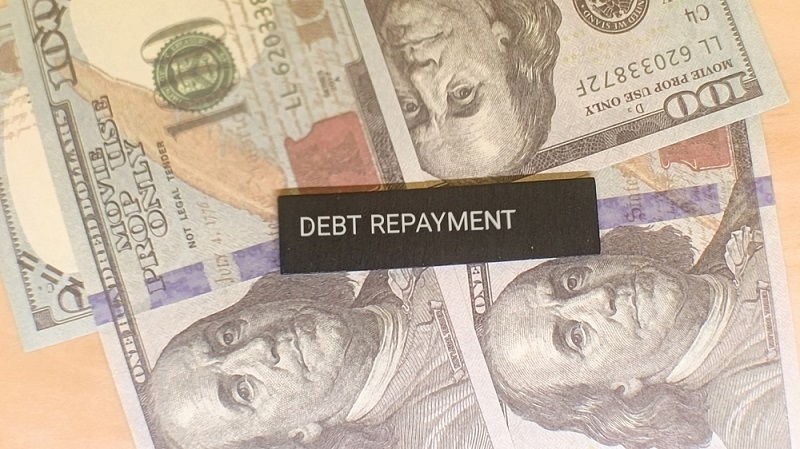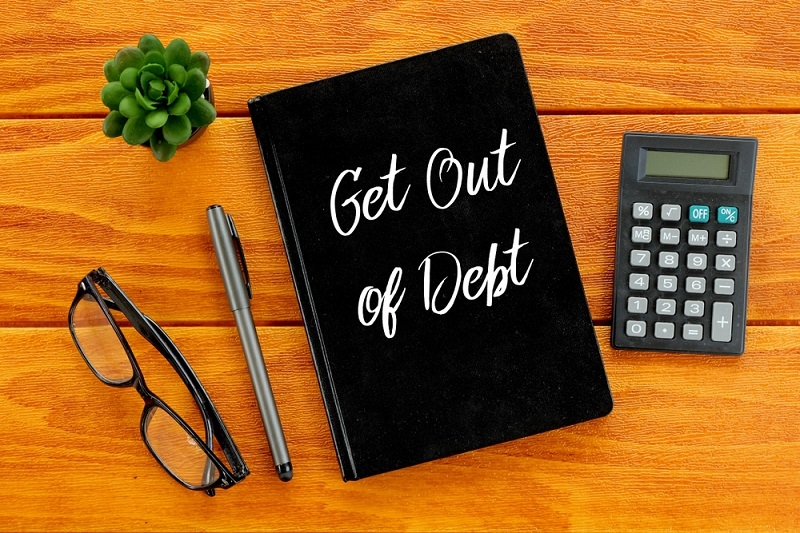
Debt doesn’t just show up one morning with a big red warning label. It creeps in slowly. A credit card swipe here, a small loan there, and suddenly you’re staring at bills that seem to multiply overnight. If you’ve ever felt that knot in your stomach opening your mail or checking your account, you’re not the only one.
But here’s the silver lining—debt doesn’t have to be permanent. People climb out of it every day. The secret? They don’t wing it. They make a plan. Not some over-complicated system that only a math genius could follow, but a simple, clear structure they can actually stick with. That’s where building your own debt repayment plan comes in.
Think of it as your roadmap. A guide you design for yourself. Let’s walk through how to create one that feels doable instead of overwhelming.
This part stings. Gather every debt you owe—credit cards, loans, even that “I’ll just pay it off later” balance on your store card. Write down the totals, the interest rates, and the minimum payments.
It’s tempting to skip this. But if you don’t face the full picture, you’ll keep guessing. And guessing never pays off debt. Seeing the numbers clearly is uncomfortable, yes, but it’s also the first step to taking control.
There are two big strategies people use. The snowball method: pay off the smallest debt first, then roll that payment into the next one. Quick wins keep you motivated. The avalanche method: target the highest interest rates first, so you pay less overall.
Which one’s right? Depends on you. If you need the emotional boost of crossing things off, go with snowball. If you want pure efficiency, avalanche is your friend. There’s no wrong choice, as long as you stay consistent.
Now it’s time to figure out where the money’s coming from. List your income. Subtract the must-haves—rent, groceries, utilities. What’s left is what you can throw at debt.
Even if it’s just fifty bucks more than the minimum, that matters. People underestimate how powerful small, steady payments are. The goal isn’t to have a “perfect budget.” It’s to make progress.
If you’ve got them, you already know—credit cards are brutal. Interest piles up fast. That’s why creating a separate credit card debt repayment plan inside your bigger strategy makes sense.
Focus as much extra money as you can on those balances while keeping up with minimums everywhere else. Once the cards shrink, the rest of your debts will feel easier.

There’s no need for fancy apps, but the right tools make a difference. A debt repayment plan calculator can show you how long it’ll take to pay everything off depending on how much extra you can add. Watching that timeline shorten when you throw in an extra payment? Huge motivator.
For the day-to-day, a debt repayment spreadsheet does the trick. It doesn’t have to be pretty. Just list debts, interest rates, payments, and track them month by month. Updating it becomes strangely satisfying once you see balances shrinking.
Numbers are one thing, but visuals help you stay committed. A debt repayment calendar lets you map out when certain debts will be gone. You can literally circle the month you’ll make your last payment.
Every time you cross off a month, you get a little jolt of progress. That kind of visual reminder keeps you going when motivation dips.
Life gets messy. People forget payments. That’s how late fees sneak in. Automating your minimums at the very least makes sure you never fall behind. Then, if you can, automate your extra payments too.
It takes the decision out of your hands and makes progress automatic. Less temptation. Less forgetting. More results.
As Previously Covered: Student Loan Repayment in 2025: Best Options Explained
Most people fail because they make a plan that’s too strict. Something goes wrong—an emergency car repair, a medical bill—and suddenly the whole plan collapses.
That’s why it helps to keep a small buffer. A mini emergency fund, even $500, stops you from putting unexpected expenses on a credit card and undoing your progress. Flexibility makes the plan sustainable.
Paying off debt can feel endless if you don’t mark the wins. Celebrate small milestones. When you clear a small loan, reward yourself. When you knock out half your debt, do something special (that doesn’t involve swiping a card, of course).
These moments keep you from burning out. Motivation is as important as money here.
Your life changes. So should your plan. Check in every month. If your income rises, increase payments. If expenses shift, adjust without quitting. The plan isn’t about perfection—it’s about persistence.
That’s how the balances drop, little by little, until one day they’re gone.
A template isn’t magic. What it does is make things clear. Instead of “I want to pay off debt,” you have “I’ll pay $300 to this loan until July 2025.” Specific beats vague every time.
It also gives you accountability. You see the progress in black and white. And when you physically check off payments, it feels good. That kind of momentum is addictive—in the best way.
Paying only minimums forever.
Ignoring interest rates and paying debts randomly.
Creating a plan but never following it.
Forgetting that lifestyle changes matter too.
The plan won’t work if you keep spending like before. That’s just the truth.
Debt is more than math. It weighs on your mind. It can make you feel trapped, guilty, or even embarrassed. But here’s the thing—it doesn’t define you. It’s just a situation. And situations can be fixed.
Making a plan flips the power. Suddenly you’re not drowning. You’re steering. Even if the journey is long, knowing you’ve got a map makes it bearable.
Is this easy? No. Some months will feel like nothing’s changing. But if you stick with it, the balance will shrink. Slowly at first, then faster. And eventually, one day, it hits zero.
Picture that. No more late-night stress. No more interest bleeding away your paycheck. Just freedom. And it all starts with a simple template you can actually follow.
Related Resource: Zero Based Budgeting: A Beginner's Guide to Smart Spending
Debt won’t disappear on its own. But with a clear plan, a little discipline, and a lot of persistence, it can be conquered. Whether you track it with a calculator, a spreadsheet, or a calendar on your fridge, the important part is consistency.
Start today. Write it down. Take that first small step. Because once you do, the whole thing becomes less scary. And before long, you’ll look back and realize you did what once felt impossible.
This content was created by AI